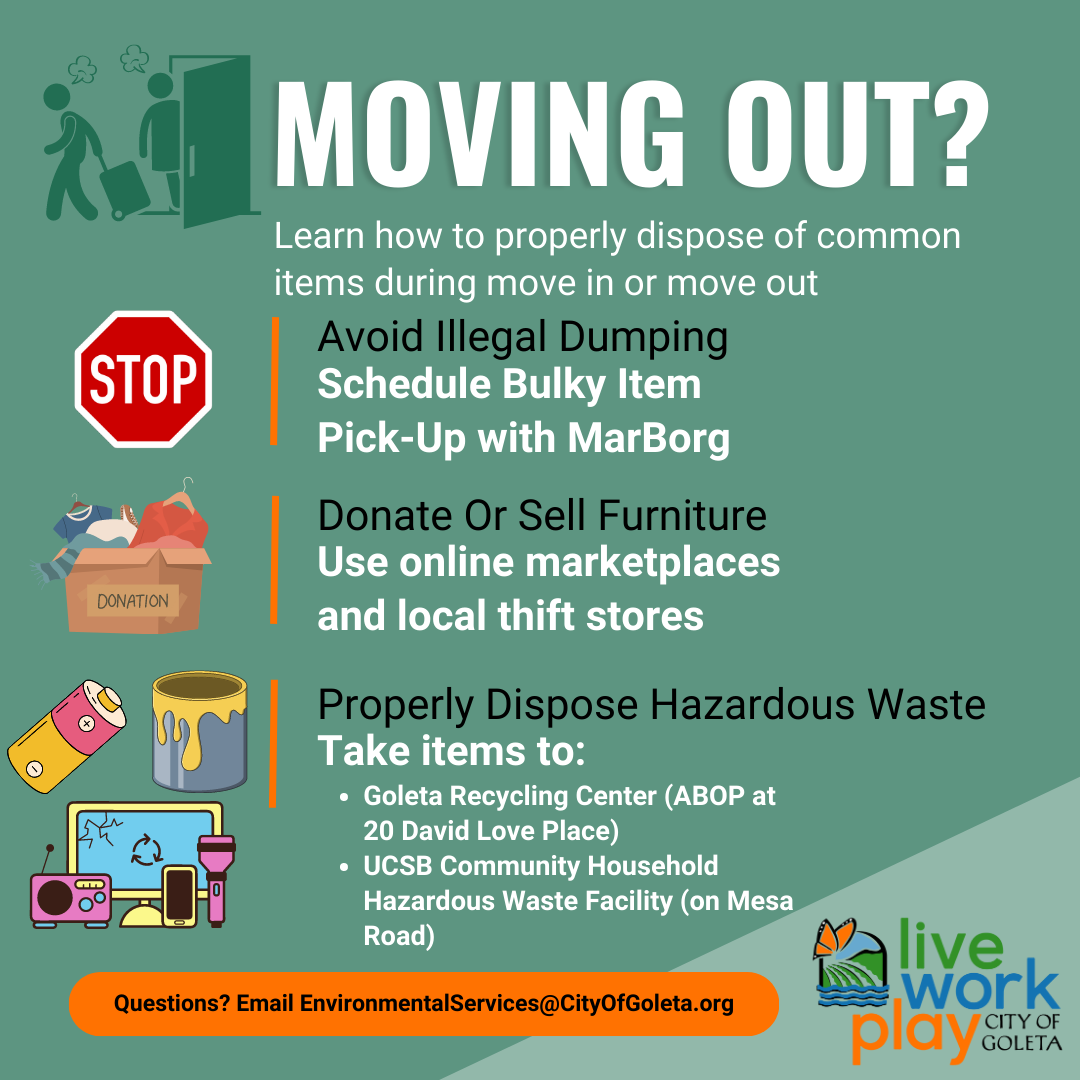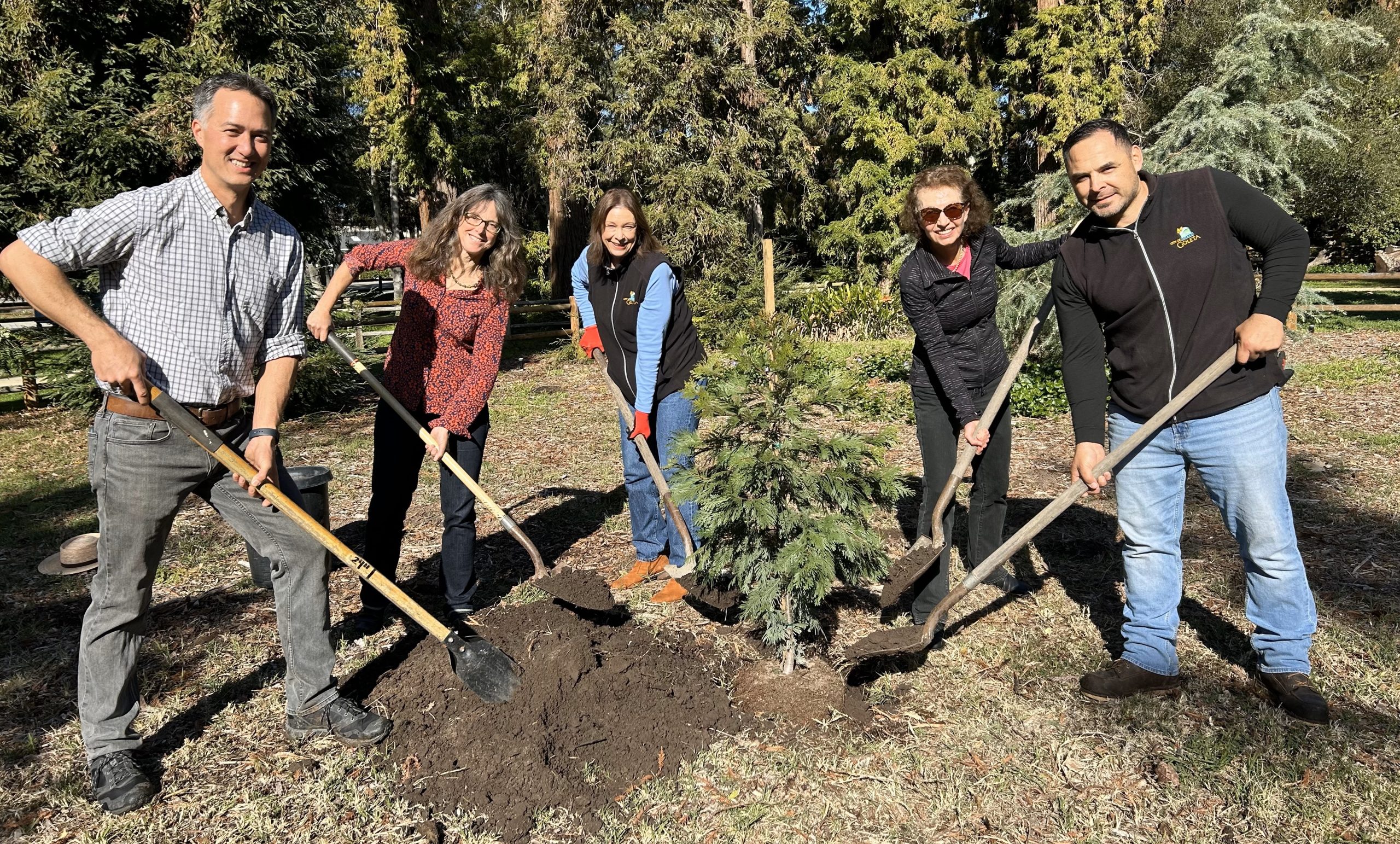Learn how to protect our local waterways with these tips from City of Goleta’s Environmental Services Division. Degreasing solvents, cleaning solutions, and detergents used for car washing often contain damaging environmental contaminants. During rain events, runoff from these products washes down storm drains, eventually contaminating local waterways and the ocean.
Did You Know?
Most people don’t know that washing their cars or vehicles can send pollutants like soaps, grease, and metals into our creeks and ocean if not done properly. While mobile car washers are a convenient solution to keeping vehicles clean, these enterprises can contribute to stormwater pollution if they do not adhere to best management practices for containing runoff/wash water. Mobile car washers are in a unique position to help our residents wash their cars safely and protect our waterways. The City of Goleta aims to provide general Best Management Practices for businesses and residents to help keep our local waterways clean and safe and maintain compliance with the Goleta Municipal Code.
What Can Residents Do to Help?
Hire a licensed business!
We Want to Promote Your Business!
Are you a mobile cleaner who has a great method in protecting our local waterways and want to share it with us? Reach out to environmentalservices@cityofgoleta.org.
What Can Mobile Cleaners Do to Help?
Mobile cleaners can use Best Management Practices and join the City of Santa Barbara’s Clean Creeks Business Program to help us be leaders in protecting our creeks and watershed and prevent stormwater pollution in our communities.
Best Management Practice Tips for Car Washing in a Driveway or Carport:
- Do a dry clean-up before washing down. Water that has evaporated can leave pollutants behind, so grab a broom and sweep up any dirt or debris.
- Make sure you have 100% containment. Keep wash water out of storm drain by collecting it and disposing the wash water and/or wastewater correctly and legally by discharging to the sanitary sewer or to a landscaped area.
- Remember that wash water can’t be allowed to runoff to streets, storm drains or outside of the designated area. Disposing non-storm water into City storm drains is a violation of federal, state, and local laws.
- Use a safer choice-certified cleaner. The US Environmental Protection Agency lists safer choice-certified products that contain ingredients that are safer for humans and the environment.
How to Report Illicit Discharge
Illicit discharge, such as car wash runoff, can have extremely detrimental impacts to the local environment. Chemicals in soaps and other cleaning products can wash down stormdrains, flow through creeks and watersheds, and eventually, contaminate the ocean. The City of Goleta has a program to prevent, report, enforce, and track observation of illicit discharge. If you see an instance of illicit water pollution, such as an unlicensed mobile detailer, please report to: environmentalservices@cityofgoleta.org.
City of Santa Barbara’s Clean Creeks Business Programs
The Business Assistance Program can provide up to $1,000 in assistance to mobile cleaners to help get the tools needed to protect our local waterways. Eligible businesses must possess a City of Santa Barbara business license, have been in business for at least one year, and must become certified through the business program to receive assistance. To get certified and receive assistance, visit the City of Santa Barbara’s Clean Creeks Business Programs.
As always, be sure to check with your local wastewater authority’s discharge requirements, drought restrictions, and business license requirements in the communities where you are operating your mobile cleaning services. The City of Goleta requires a business license to operate. Find more information on Best Management Practices in our Mobile Cleaner’s Guide in English and Spanish. To ensure your business is in compliance, visit the Goleta Stormwater Program and review the website and resource links.













